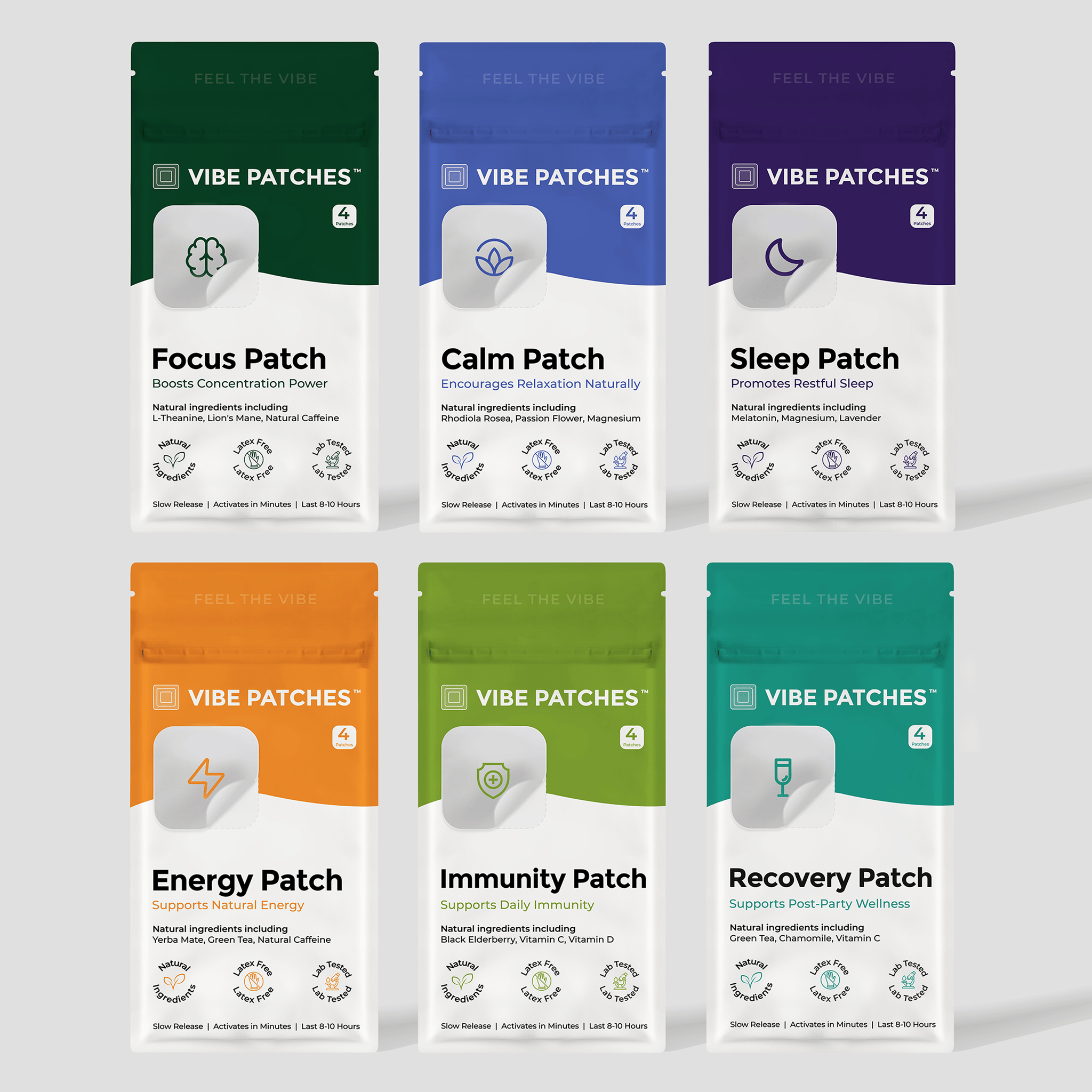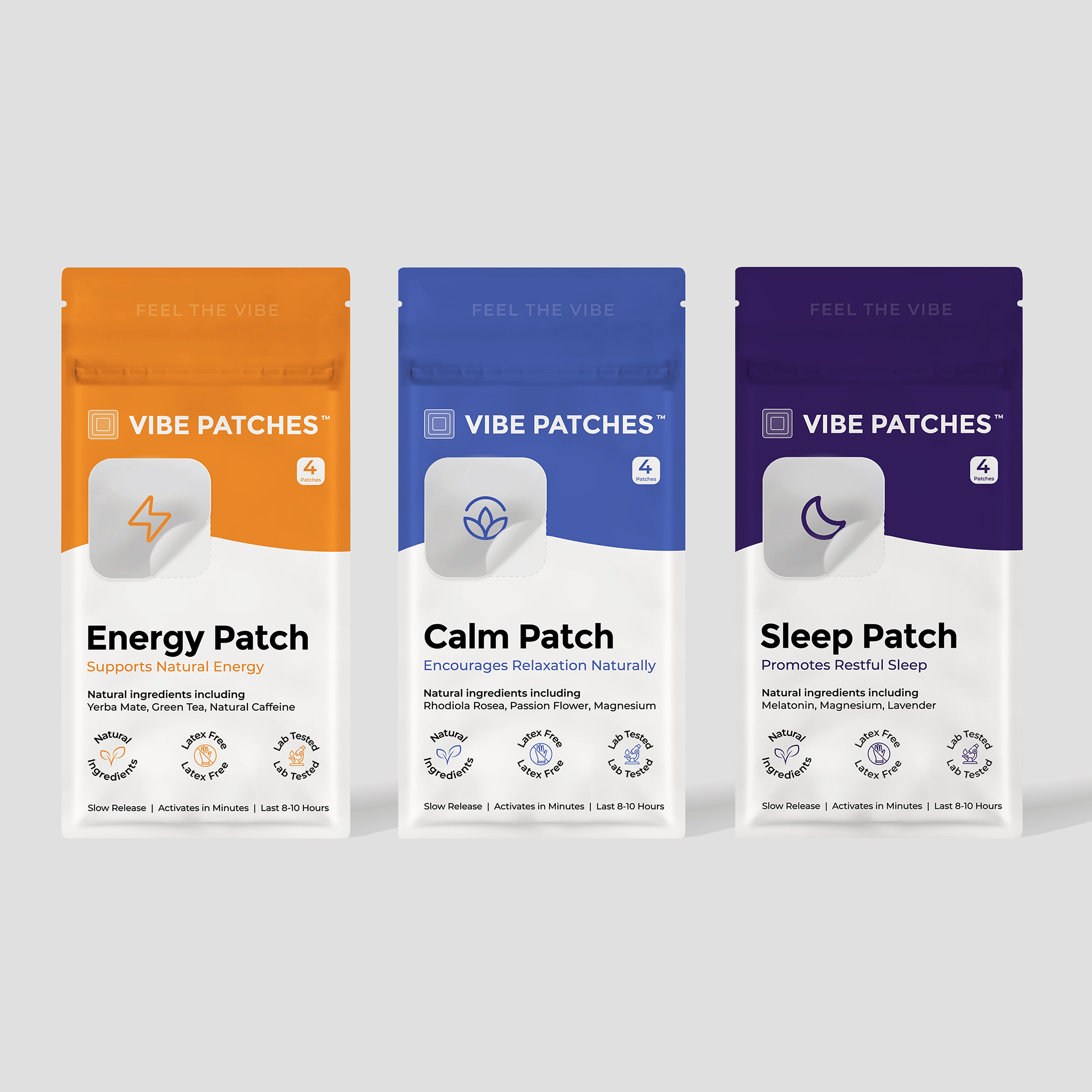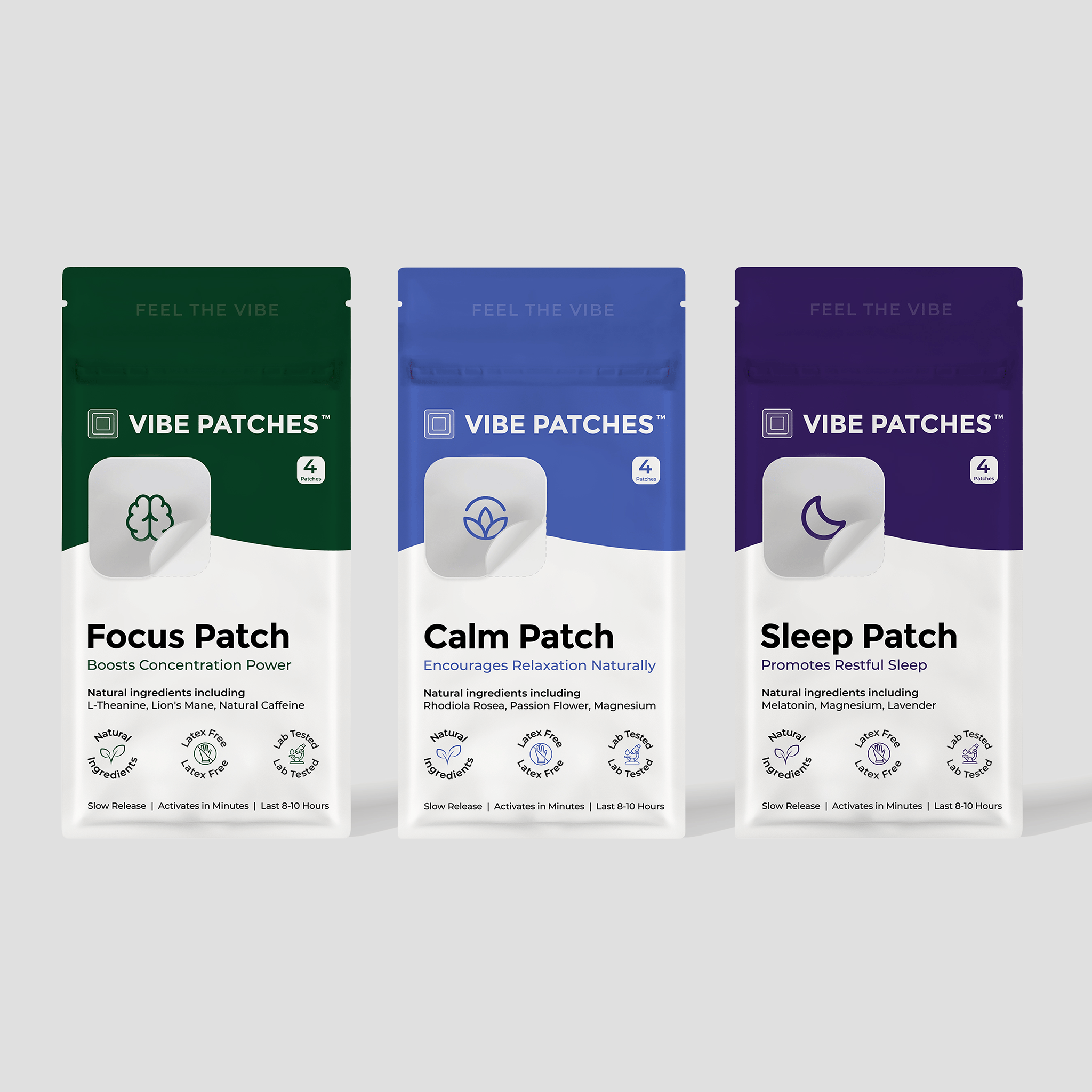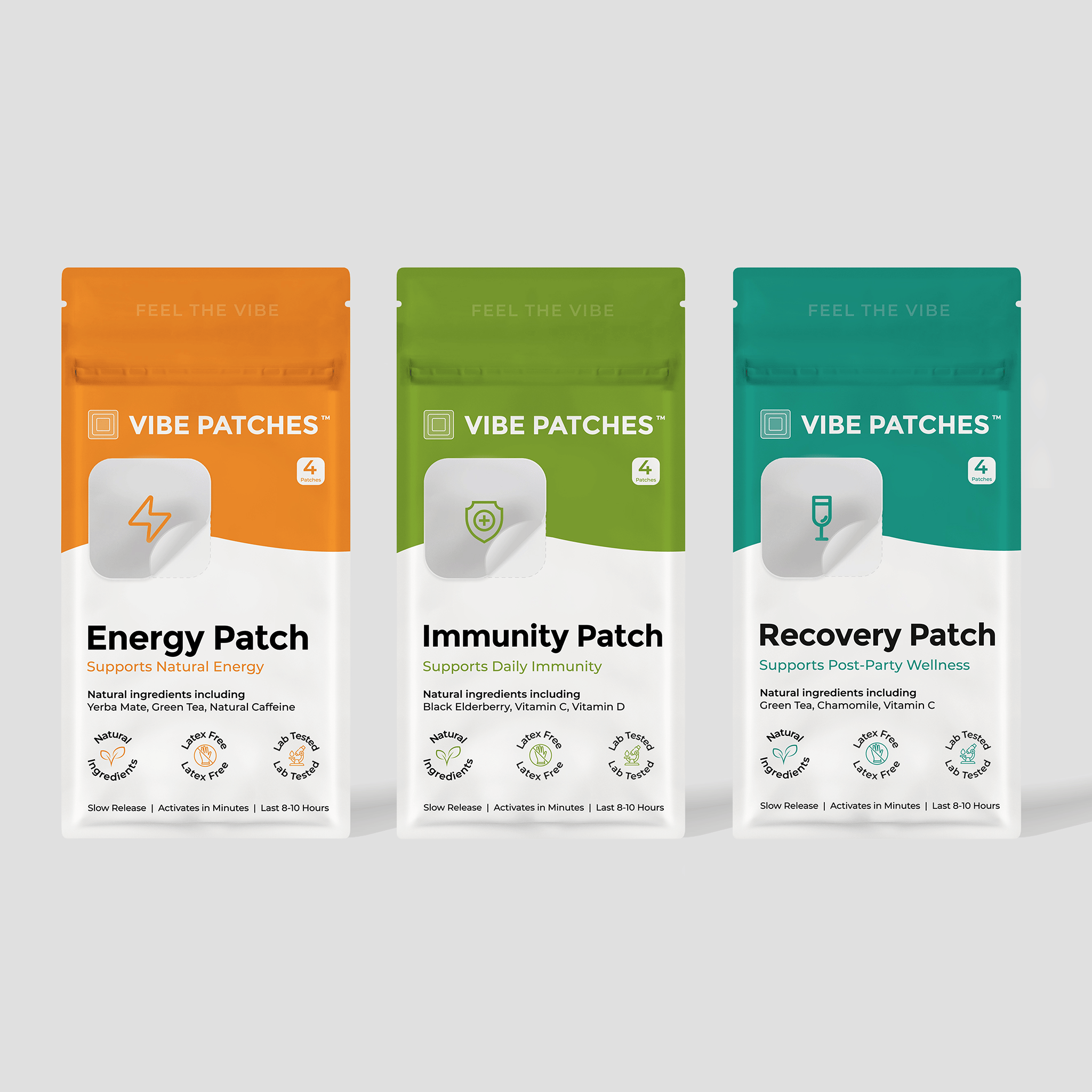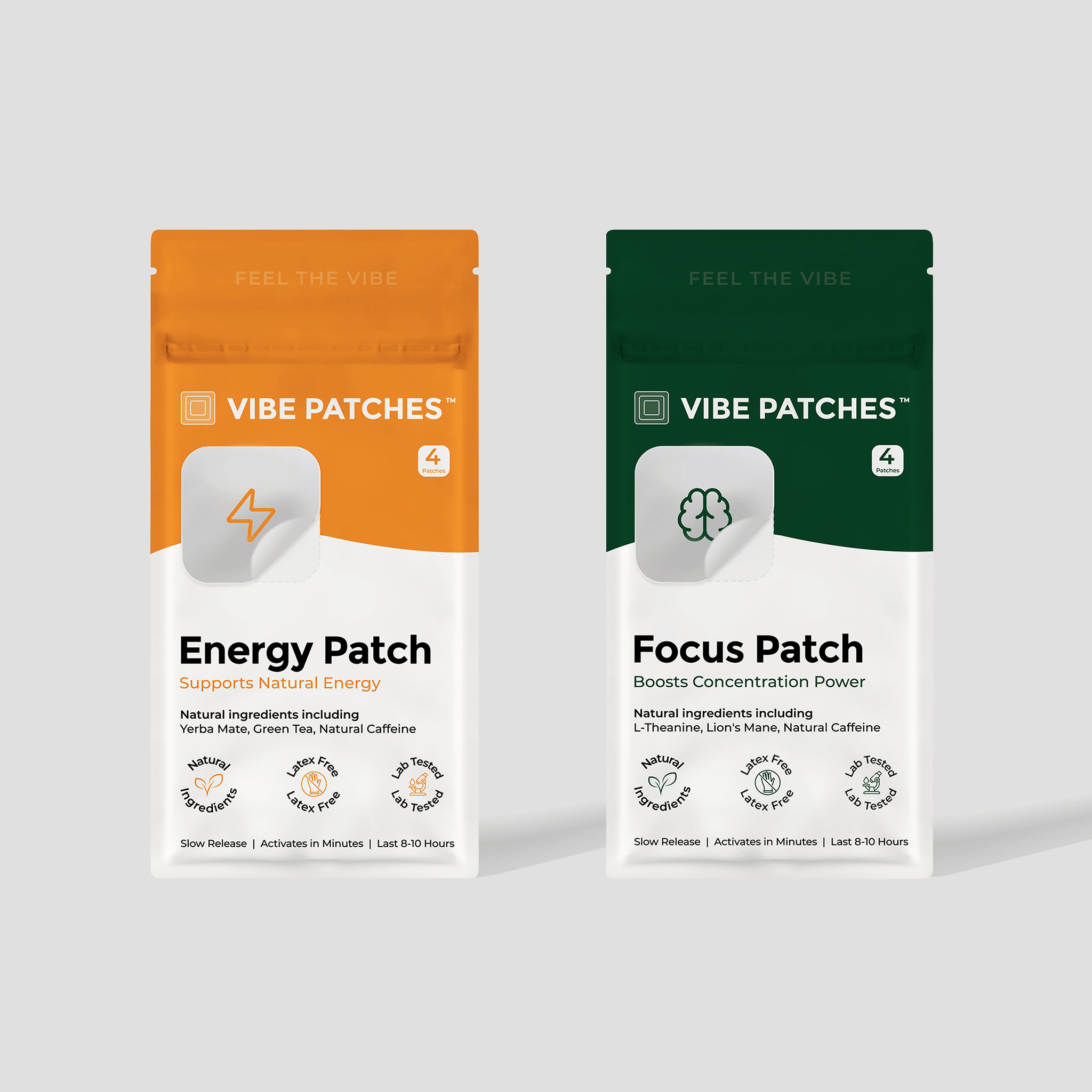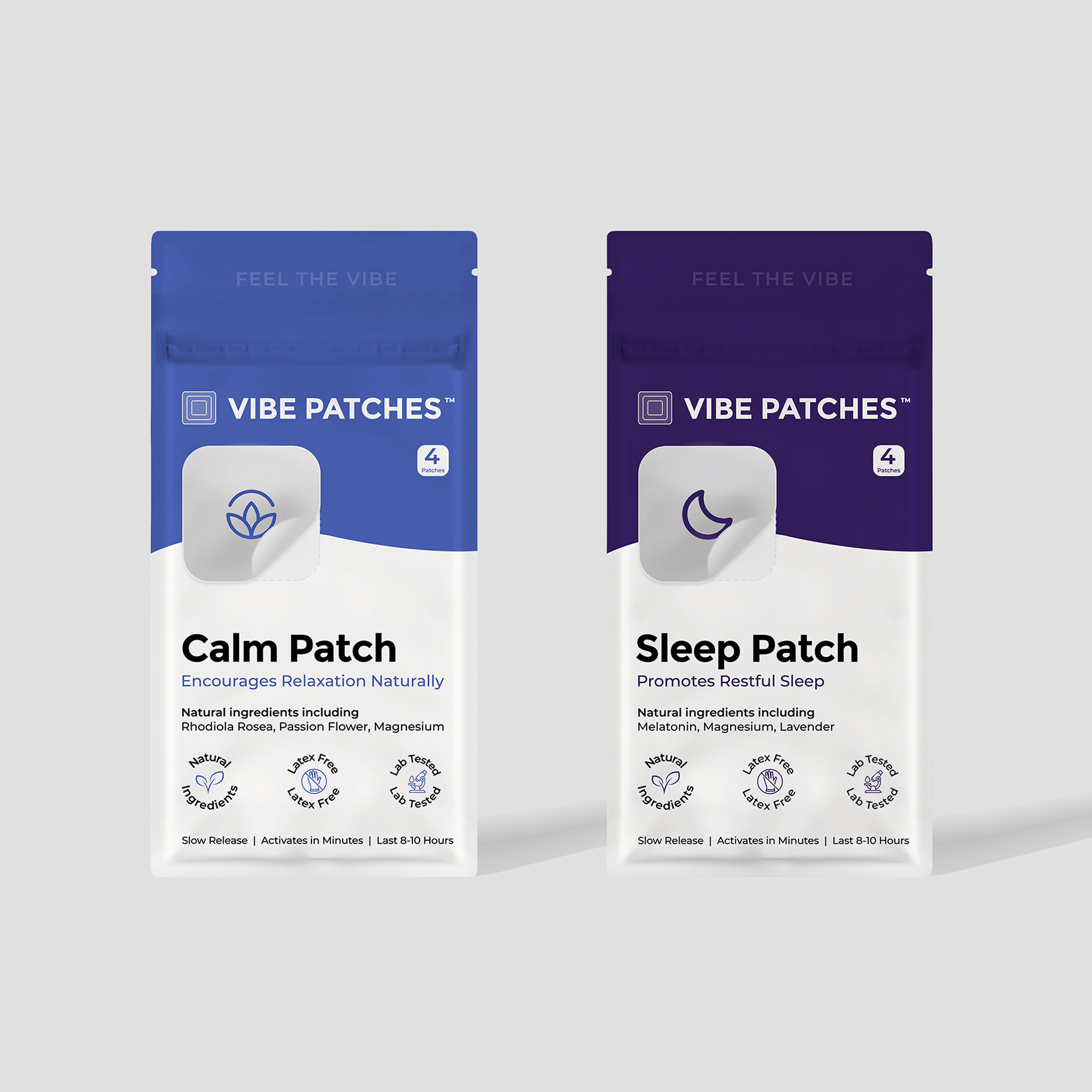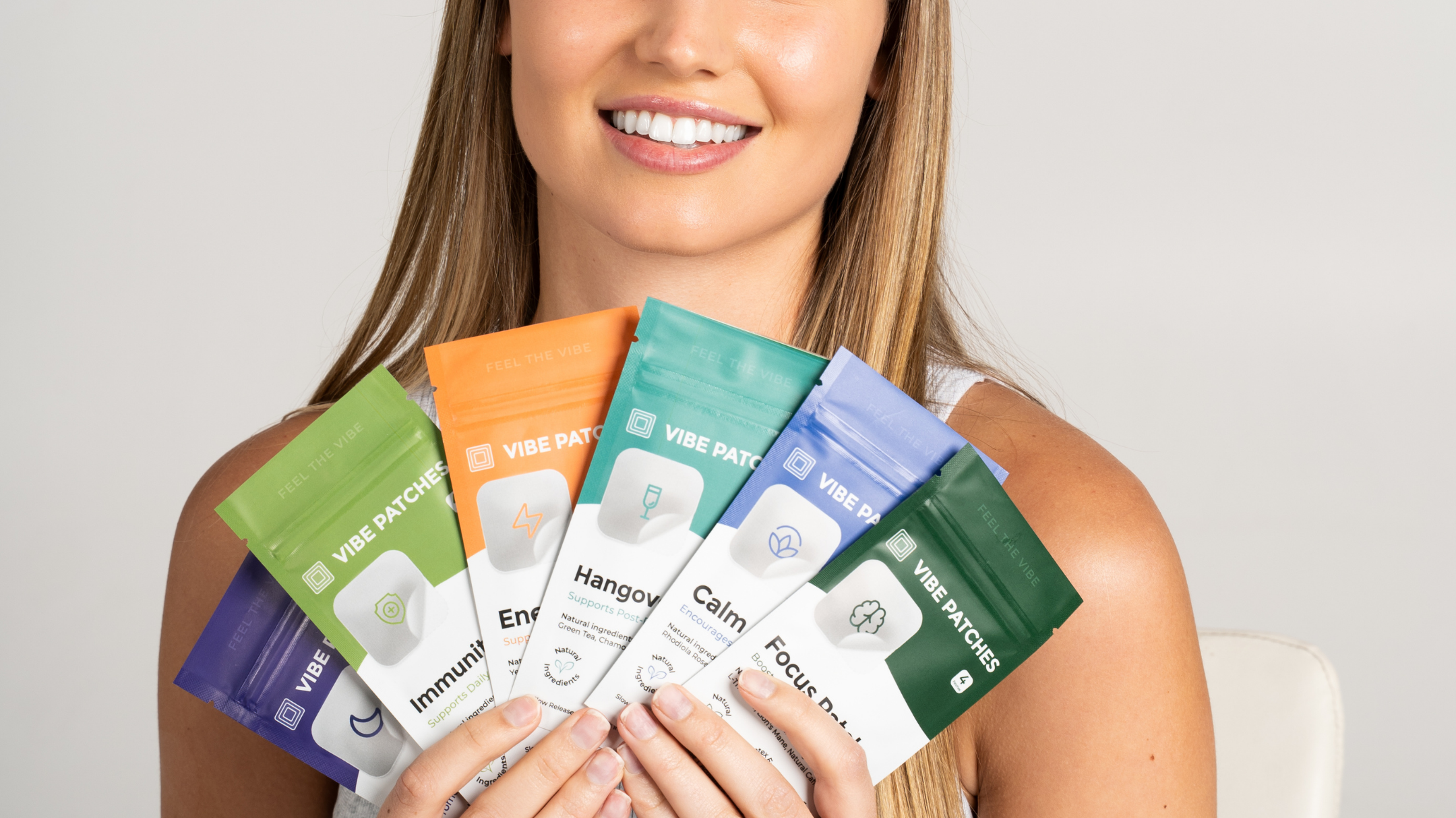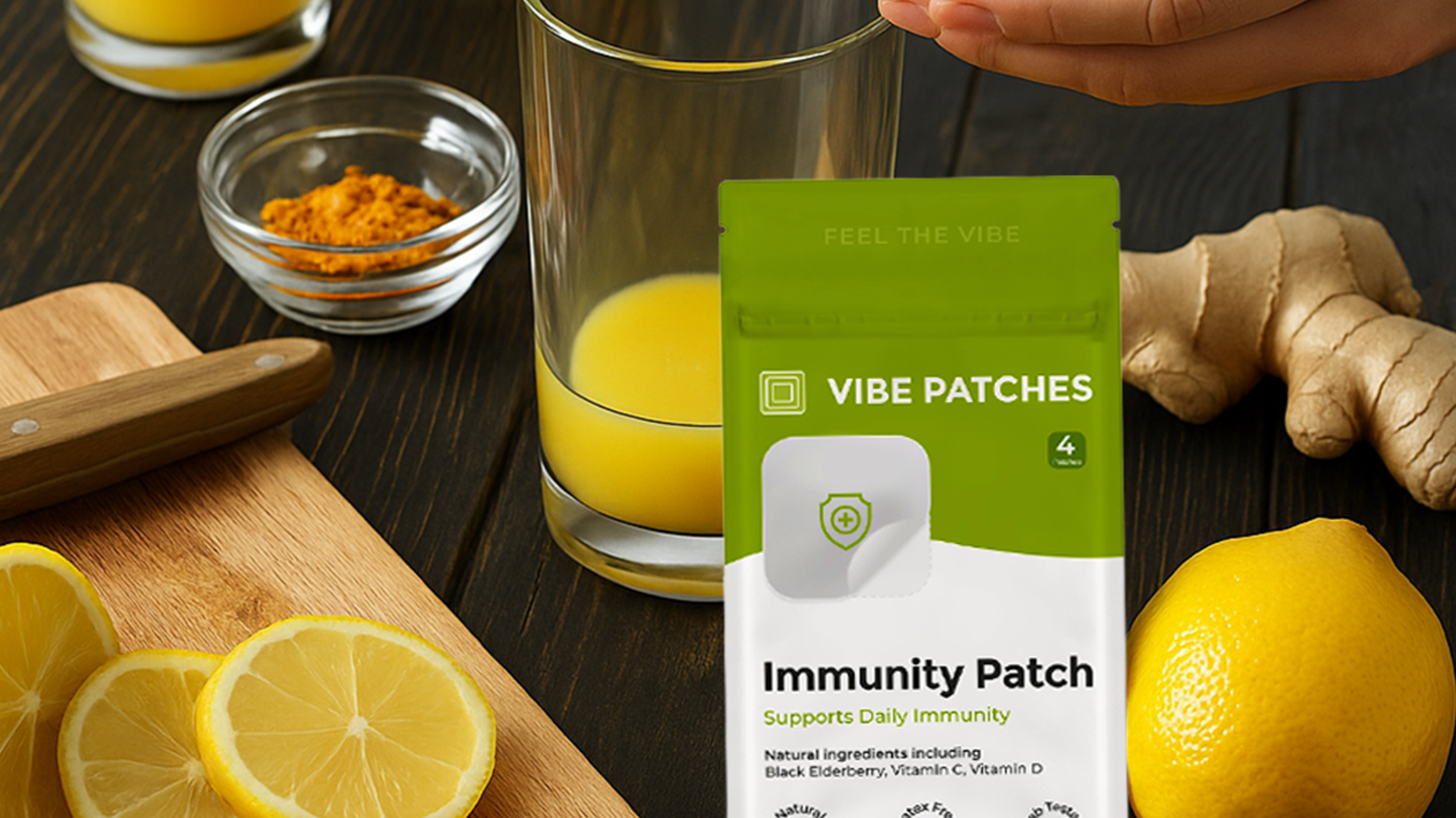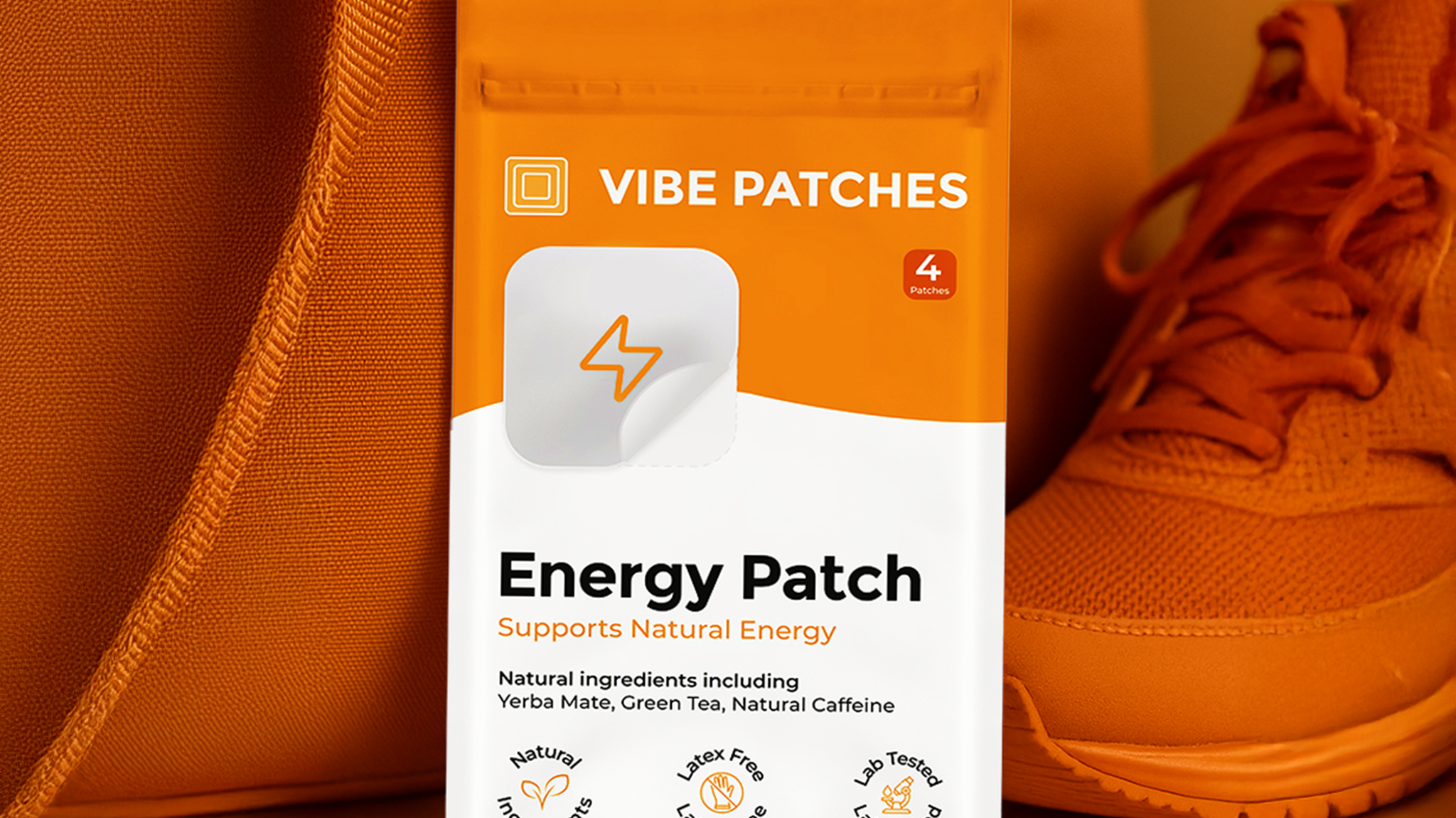If you’ve ever found yourself hugging the toilet after a party, you’re not alone—and you might have wondered if forcing yourself to vomit will speed up your hangover recovery. The truth is, there’s a lot of misinformation out there about what helps and what harms your body after a night of drinking. Let’s dive into the facts, explore how your body processes alcohol, and discover healthier ways to bounce back from a rough morning.
What Actually Causes a Hangover After Drinking?
A hangover is caused by a combination of factors that occur as your body processes alcohol. When you drink, alcohol acts as a diuretic, leading to dehydration, which contributes to symptoms like headache and fatigue. Alcohol also irritates the stomach lining, disrupts sleep patterns, lowers blood sugar, and triggers inflammation throughout the body. As your liver works to break down alcohol, toxic byproducts like acetaldehyde build up, further intensifying symptoms such as nausea, sensitivity to light and sound, and general malaise. The result is the classic hangover—a mix of physical and mental discomfort that can linger for hours after your last drink.
Does Throwing Up Help Hangover?
Throwing up after drinking may provide temporary relief from nausea or discomfort, but it does not actually cure or significantly reduce a hangover. By the time hangover symptoms set in, most of the alcohol has already been absorbed into your bloodstream and is being processed by your liver, so vomiting won’t remove it from your system. In fact, forcing yourself to throw up can lead to further dehydration, irritation of your stomach lining, and even potential injury. The best way to recover from a hangover is to focus on rehydration, rest, and giving your body time to metabolize the remaining alcohol, rather than relying on vomiting as a remedy.
Throwing Up To Help a Hangover Facts vs Myths
Facts
- Vomiting may temporarily relieve nausea if there is still alcohol or food in your stomach.
- By the time you feel hungover, most alcohol has already been absorbed and cannot be expelled by vomiting.
- Throwing up can increase your risk of dehydration, which can actually worsen hangover symptoms.
- Vomiting repeatedly can irritate or damage your esophagus and stomach lining.
- The most effective hangover remedies are hydration, rest, and time—not forcing yourself to throw up.
Myths
- Throwing up will “get rid of” all the alcohol in your system and instantly cure your hangover.
- Inducing vomiting after drinking is a safe or recommended way to prevent a hangover.
- You can avoid all hangover symptoms simply by making yourself throw up before bed.
- Vomiting helps your liver process alcohol faster.
- If you don’t throw up, your hangover will be worse or last longer.
Why Do Symptoms Like Nausea, Headaches, and Fatigue Occur?
Symptoms like nausea, headaches, and fatigue occur during a hangover because alcohol disrupts several of your body’s normal processes. Alcohol irritates the stomach lining and increases acid production, leading to nausea and sometimes vomiting. It also causes dehydration by making you urinate more, which can trigger headaches and a feeling of overall sluggishness. Additionally, alcohol interferes with your sleep cycle, preventing deep, restorative rest and leaving you feeling tired. The breakdown of alcohol produces toxic byproducts, such as acetaldehyde, which contribute to inflammation and further intensify these unpleasant symptoms.
Can Vomiting Worsen Dehydration and Electrolyte Loss?
Yes, vomiting can significantly worsen dehydration and electrolyte loss, especially after drinking alcohol. When you vomit, your body loses not only fluids but also essential electrolytes like sodium, potassium, and chloride, which are crucial for maintaining proper muscle and nerve function. Alcohol itself is already dehydrating because it increases urine production, so adding vomiting to the mix can make you feel even weaker, more fatigued, and potentially dizzy or confused. Severe dehydration and electrolyte imbalances can be dangerous, making it important to focus on gentle rehydration with water or electrolyte-rich drinks rather than relying on vomiting as a way to feel better after drinking.
If Throwing Up Doesn’t Help, What Does?
The Vibe Patches Hangover Patch is designed to support your body’s recovery after a night of drinking by delivering a blend of vitamins, antioxidants, and natural ingredients directly through your skin. Easy to use, you simply apply the patch before, during, or after drinking, and wear it for up to 10 hours. The patch contains ingredients like green tea extract, milk thistle, vitamins B1 and B6, and electrolytes, all aimed at replenishing nutrients, supporting liver function, and reducing inflammation. By providing steady, sustained absorption, the Vibe Hangover Patch offers a convenient and proactive way to help ease hangover symptoms and promote faster recovery—so you can get back to feeling your best.
What Can You Do Before or While Drinking to Reduce Hangovers?
|
Tip or Product |
How It Helps |
How to Use/Do It |
|
Stay Hydrated |
Drinking water between alcoholic drinks helps prevent dehydration, a major cause of hangovers. |
Alternate each alcoholic drink with a glass of water throughout the night. |
|
Eat Before and During Drinking |
Food slows alcohol absorption and protects your stomach lining. |
Have a balanced meal before drinking and snack on protein or healthy fats while you drink. |
|
Choose Lighter-Colored Alcohols |
Clear spirits like vodka and gin contain fewer congeners, which can worsen hangovers. |
Opt for lighter drinks instead of dark liquors like whiskey, rum, or red wine. |
|
Pace Yourself |
Drinking slowly gives your body more time to process alcohol and reduces the risk of overdoing it. |
Limit yourself to one drink per hour and avoid binge drinking. |
|
Delivers vitamins, antioxidants, and nutrients to support recovery and reduce hangover severity. |
Apply the patch to clean, dry skin before, during, or after drinking and wear for up to 10 hours. |
Why Are Patches Easier on the Stomach Compared to Pills or Forcing Yourself to Vomit?
Patches are easier on the stomach because they deliver nutrients and beneficial ingredients directly through the skin, bypassing the digestive system entirely. This means there’s no risk of irritating an already sensitive or upset stomach, which can happen with swallowing pills or supplements—especially when you’re feeling nauseous. Unlike forcing yourself to vomit, which can cause further harm and discomfort, patches provide a gentle, steady release of support without adding to stomach distress. This makes them an ideal option for hangover relief, as they help your body recover without triggering more nausea or digestive upset.
So, Does Throwing Up Really Help a Hangover—Or Is It Just a Myth?
Throwing up might provide brief relief if you’re feeling extremely nauseous, but it’s largely a myth that it actually helps cure a hangover. By the time hangover symptoms set in, most of the alcohol has already been absorbed into your bloodstream, so vomiting won’t remove it or speed up your recovery. In fact, forcing yourself to throw up can make things worse by causing dehydration, electrolyte loss, and additional irritation to your stomach and throat. The most effective way to recover from a hangover is to rest, rehydrate, and give your body time to process the alcohol, rather than relying on vomiting as a solution.
Tips For Combating Hangovers Effectively
- Hydrate: Drink plenty of water before, during, and after consuming alcohol to stay hydrated and help flush toxins from your system.
- Nutritious Food: Eat a nutritious meal before drinking and snack on healthy foods throughout the night to slow alcohol absorption and protect your stomach.
- Sleep: Get extra rest, as quality sleep helps your body recover and reduces the severity of hangover symptoms.
- Hangover Patches: Try the Vibe Patches Hangover Patch, which delivers vitamins and antioxidants through your skin to support recovery without upsetting your stomach.
- Electrolytes: Replenish lost electrolytes with sports drinks, coconut water, or electrolyte supplements to restore balance and ease symptoms like headache and fatigue.
Conclusion
In summary, while throwing up may seem like a quick fix for hangover misery, it does little to actually speed up recovery and can even make symptoms worse by causing dehydration and further irritating your stomach. The real keys to combating a hangover are staying hydrated, replenishing lost nutrients, getting plenty of rest, and considering gentle solutions like the Vibe Patches Hangover Patch to support your body’s natural recovery process. By understanding what truly helps and avoiding common myths, you can make smarter choices before, during, and after drinking—helping you bounce back faster and feel your best.
Final Thoughts
Looking for a better way to recover from hangovers or simply enhance your everyday wellness? Vibe Patches has you covered with a range of easy-to-use patches that deliver targeted support right when you need it. From the quick-acting Hangover Patch to the relaxing Calm Patch, energizing Energy Patch, and restful Sleep Patch, each patch is thoughtfully formulated for your lifestyle. Check out the entire Vibe Patches collection and take your self-care to the next level with convenient, on-the-go wellness.
Sources


